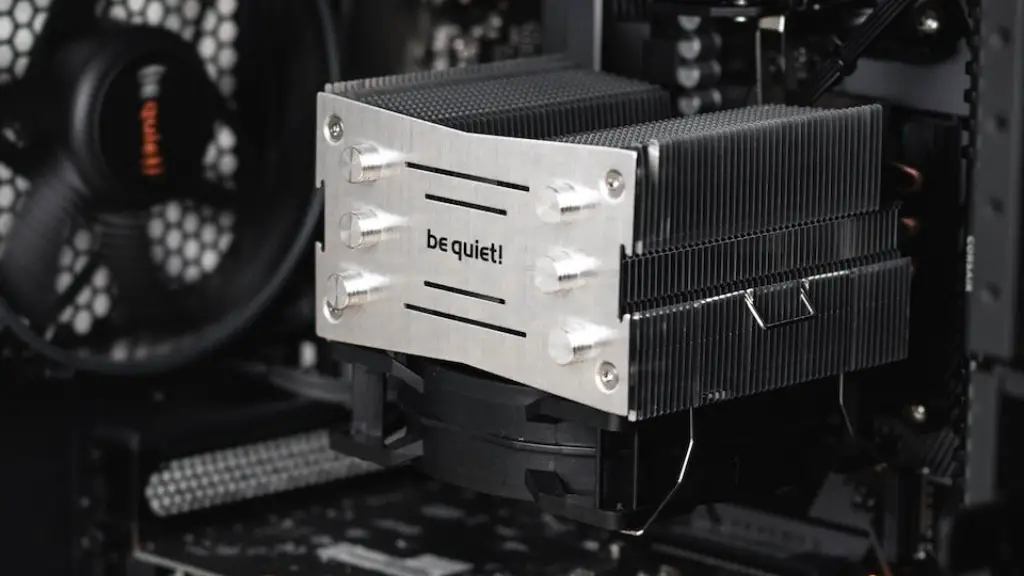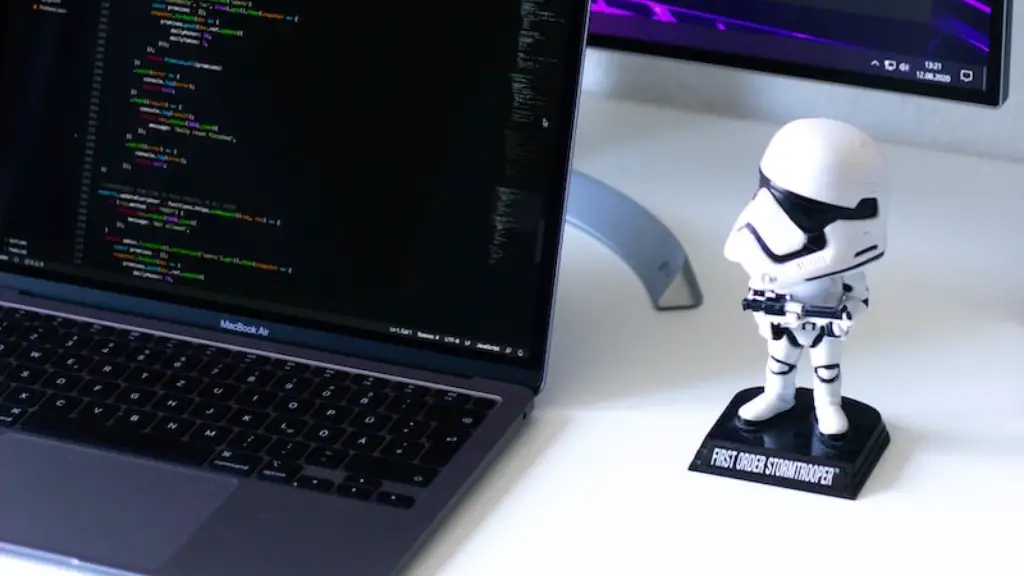Building a gaming PC is an exciting venture and you need to plan and research before you commit to buying your parts. Here are the key components of a PC that you need when building a gaming PC: Motherboard, CPU, Cooler, Ram, Power Supply, Graphics Cards, Storage, and Case. Let’s go over each item one by one.
The motherboard is the backbone of your gaming PC and is responsible for linking the components together and allowing communication between them. It’s important to choose one that is compatible with your CPU and has enough ports for your desired peripherals. Look for a motherboard that offers at least 6 USB ports and at least 4 SATA ports as well.
The CPU, or central processing unit, among other things is responsible for calculating various instructions that tell the computer what it should do. Some popular high-end CPUs for gaming are Intel Core i7 and AMD Ryzen 5 series. These usually come with a stock cooler, but you may want to invest in an aftermarket cooler, to further increase its performance.
RAM helps your PC to quickly access the data stored in it though not essential for gaming PCs, it helps speed up your gaming experience. The minimum RAM you’ll want to ensure is 8GB, but 16GB will keep your system future-proofed.
The power supply is what supplies power to all your PC components and is also essential to keep everything running. Look for one with a wattage of at least 450W, but 500W is recommended. Make sure you choose one that is compatible with Asus or MSI motherboards.
The graphics card is responsible for handling all the graphics processing for your gaming PC and for most gaming PCs, the minimum you should have is a NVIDIA GeForce GTX 1060. You may want to upgrade to a more powerful card for higher graphical fidelity.
For storage, you’ll need to have either an SSD or an HDD drive or both. An SSD will give you faster load times while an HDD can help you store more games. Both together will give you the best of both worlds.
Finally, the case will house all your components, so make sure to pick something sturdy and fitting that has enough space for your components.
GPU
Last of all, you’ll need a good GPU. You can get away with a mid-range GPU like the AMD Radeon RX 580 or the NVIDIA GeForce GTX 1060. If you want something better, go for a high-end GPU like the NVIDIA GeForce RTX 3080 or the AMD Radeon RX 6800 XT. Both will be able to handle most modern games at highest settings and should last you for a few years.
Peripherals
Aside from the actual PC components, you’ll need other peripherals to complete everything. To monitor your gaming PC, you will need a monitor. Look for one with either an IPS or VA panel, as they provide better image quality than TN panels. You might want to invest in a 144hz G-sync or FreeSync monitor to enjoy the most fluid gaming experience.
If you want a smoother or more accurate gaming experience, you should buy a gaming mouse or a gaming keyboard. Gaming mice are usually wireless, but wired mice have better input lag. For keyboards, you can get either mechanical or membrane keyboards. Mechanical keyboards are more durable and provide a better typing experience, but membrane keyboards are cheaper and quieter. You can also buy RGB lighting kits, headsets, and speakers to complete your setup.
Software
Software is an important part of the gaming PC setup, too. Windows 10 is the most popular operating system, as it offers the most features. Other options include Linux (Ubuntu) and MacOS. Once you have the OS installed, you’ll need to install a few essential programs such as Google Chrome, Steam, and virus protection software. Anti-virus software is essential to protect your PC from malware and hacks.
Cabling and Setup
Once your PC components and peripherals are all bought, it’s time to start assembling the PC. First, make sure to check the parts and ensure compatibility before starting. Use the right tools and cables to connect each component and make sure to have enough space and cooling for the build. After that, it’s time for the software and OS to be installed. Follow the instructions carefully and update the drivers for each component.
Testing And Tuning
Finally, your gaming PC is all set. Before you start gaming, it’s a good idea to run a few tests like benchmarking tests to check the performance of your setup. If everything looks good, you can start customizing the settings to tune performance and visuals to your liking.
Maintenance
It’s important to keep your gaming PC running smoothly with regular maintenance. This includes cleaning dust off of your components, updating drivers, and defragging your hard drives. Additionally, running virus and malware scans regularly will help make sure your PC stays secure.


